
Some unplanned encounters turn out to be amazing gifts.
Three and a half years ago, I serendipitously met Due Quach (a Vietnam boat refugee, Harvard grad, international management consultant, and magical mystic) at an Energy’s Way retreat in New York City. She was then in the very early stages of developing a program called Calm Clarity that would combine her deep roots in science and her elevated experiences in spirituality. She was planning to leverage her business background and Wharton MBA to build the venture as a self-sustaining social enterprise, so she could share the training with disadvantaged communities.[1]
I was so impressed with her story and her vision that I immediately offered my support. Since then, I have helped her establish Calm Clarity as a powerful social force, and she has helped me build a stronger bridge between science and spirituality.
As a self-taught brain hacker, a highly evolved spiritual seeker, and a solid entrepreneur, Due has made giant leaps in constructing a very intuitive, practical, and easy-to-understand program.
The Calm Clarity Program skillfully interweaves neuroscience, meditation, and mindfulness to enable people to see and experience how different brain states influence our behavior, affect, and health.
Her approach helps participants experience and harness the benefits of meditation and mindfulness to break free from their self-limiting patterns and realize their full potential.
Over the past three years, she has helped people from the depths of debilitating poverty to the privileged heights of powerful positions benefit from Calm Clarity. People who attend the program, regardless of their status and experience, learn how to:
- Think more clearly and make more effective decisions
- Relate more collaboratively to generate more creative solutions
- Recover more quickly from stress by building more resilience.
In a recent e-mail exchange concerning two videos she just released on Calm Clarity’s website, I remarked that what she developed is like a new Emotional Operating System (EOS) that could represent the three stages for reaching Calm Clarity: Enjoy, Observe, and Switch. She liked the idea and asked, “What if EOS could also represent: Expand, Open, and Savor?”
Her response prompted me to land on Expand, Observe, and Savor as three skills for increasing mindfulness. To me:
Expand means opening to new perspectives and possibilities, developing a larger repertoire of responses, and creating an inclusive spaciousness.
Observe means noticing when you are in different states, experiencing the differences in thoughts and feelings in each state, and owning the results of being in each state. Essentially, you are able to develop an impartial and objective witness not only to your internal physical, emotional, and intellectual reactions but also to your external environment.
Savor means relishing the moment, appreciating clarity and creativity, and enjoying the calmness and joyous ecstasy of being fully calm, clear, and present.

After my conversation with Due, another friend sent me an article by Matthew E. May[2], author of Winning the Brain Game, in which he questions the differences between mindfulness and meditation. May suggests that most people confuse mindfulness with meditation, and he presents two views of mindfulness. In the Eastern Way, according to May, the goal is to suspend thought and quiet the mind. To me, that feels a bit too simplified.
The traditions in Asia have language that is much more precise in capturing the nuances of different practices and states of consciousness, and all of this gets lost in translation into English using one catch-all generic bucket word, “meditation.”
 In the Western Way, according to May, the goal is to develop alert, active thinking. May argues that, given the speed of change today, it may not be realistic to suspend or stop thinking. Instead, “we need to actively think through problems in new ways to achieve innovative, elegant solutions…that will not rain from on high in a meditation session.” Coincidentally, this sounded like a call for a new EOS, like the one I described above: Expand, Open, Savor.
In the Western Way, according to May, the goal is to develop alert, active thinking. May argues that, given the speed of change today, it may not be realistic to suspend or stop thinking. Instead, “we need to actively think through problems in new ways to achieve innovative, elegant solutions…that will not rain from on high in a meditation session.” Coincidentally, this sounded like a call for a new EOS, like the one I described above: Expand, Open, Savor.
When I asked Due, who studied meditation and mindfulness in the East for a few years, about these generalizations and stereotypes, she replied,
“Meditation is to mindfulness what exercise is to physical fitness. Confusing the two is like watching a basketball team do drills and warm-up exercises during their practice sessions and thinking that’s what basketball is, or like watching a singer do vocal drills and warm-up exercises and thinking that’s what singing is. Thus, meditation provides a proactive process for getting to a state of mindfulness.”
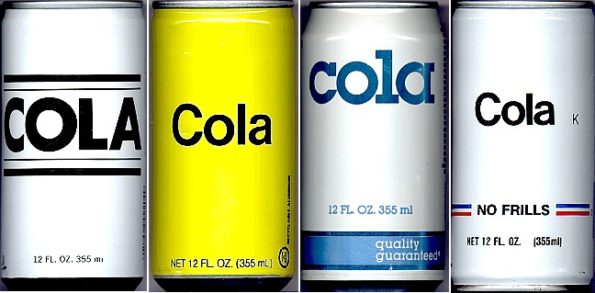
To me, mindfulness is associated with being awake, aware, and highly attentive – fully present in the moment.
When I am mindful, I can see the freshness and newness in everything and be open to expanding my perspective to consider possibilities I may have not otherwise entertained due to my conditioning and habits. This state is also called “beginner’s mind.”
From my point of view, meditation is one practice that enables me to reach calm clarity and a transcendent state. It creates harmony within myself and the universe – giving me sense of becoming “at One with All.”
According to Due, mindfulness meditation practices typically involve watching our breathing, and when our mind wanders, we simply and neutrally observe where it has wandered to. We watch our thoughts arise and pass away with detachment, rather than get swept away by them. Then we return to our breathing. Eventually the commotion in the mind settles down. As we become more grounded in the present moment through this process, our minds become unstuck from patterns set in motion in the past, and we also become more open to unimagined and unexpected possibilities that could unfold. In this state of calm, open awareness, we can experience transcendent states, like the one I described, and gain clarity and wisdom in many areas of our lives. Thus, meditation can help shift our EOS so we can Expand, Open and Savor, putting us in a more mindful mindset to be creative, innovative and collaborative.
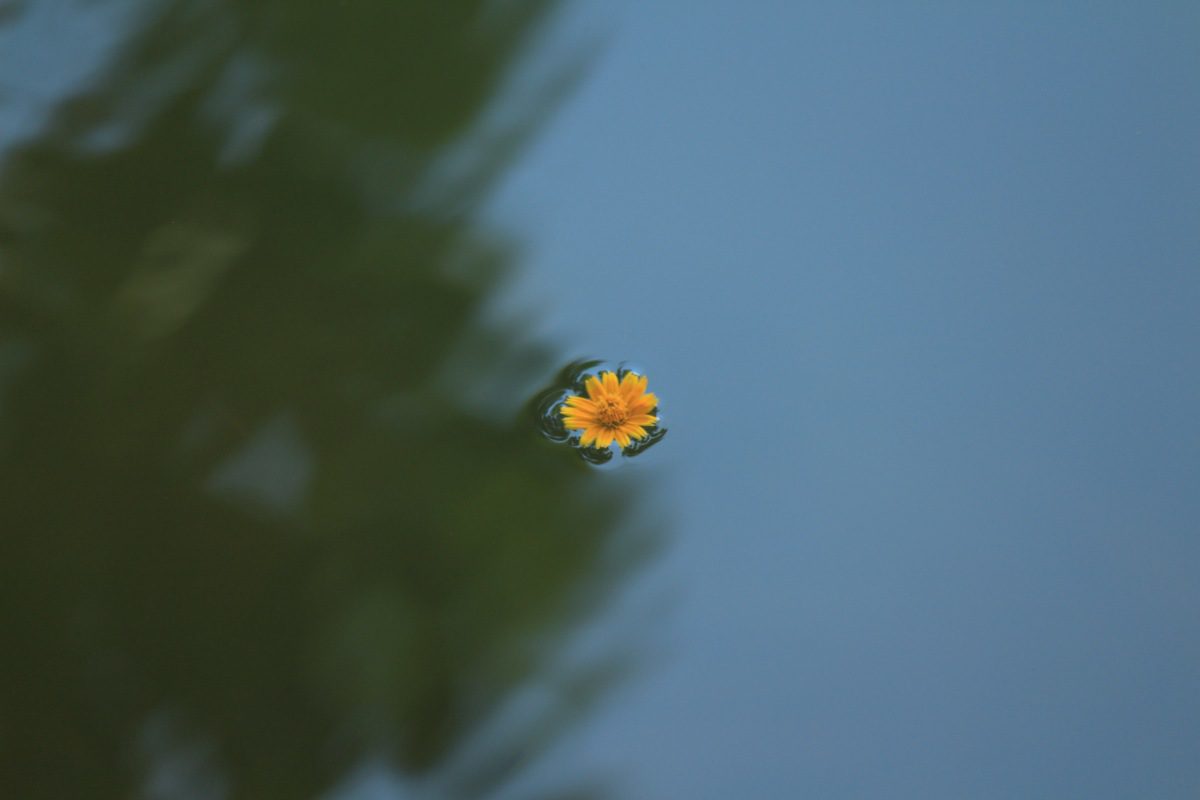
My view is that people who meditate are not only more deeply mindful but also are able to get into a mindful state and stay there longer than people who don’t meditate. Meditation is one tool of many that can increase mindfulness. You don’t need to meditate to be mindful, but it helps. You don’t need to practice drills to play basketball or play a musical instrument, but practice definitely helps you play better.
In a previous post on June 14, 2016, “Mindful and Joyful Living, Learning and Working,” I wrote:
“We hear a lot these days about the need for mindfulness: mindful leadership, mindful eating, mindful walking. But what does that really mean and how can we experience the benefits more fully without retreating to a mountain cave and meditating all day? Buddha found enlightenment under a Bodhi tree, but if you’re like me, you might have other priorities that need your attention. Mindfulness is the quality of being conscious or aware. It is a mental state achieved by focusing one’s awareness on the present moment while calmly acknowledging and accepting one’s feelings, thoughts, and bodily sensations. Practicing mindfulness is a process of bringing one’s attention to internal and external experiences. Research indicates that practicing mindfulness is strongly correlated with well-being and perceived health. Mindfulness practice usually starts with more conscious awareness of the breath and then broadens to being more conscious of thoughts, feelings, and actions. It takes disciplined practice over a long period of time before the full effects begin to sink in and manifest themselves.”
You can see that in the 10 months since I wrote the above paragraph, my perspective has grown some.
It is essentially the same message, but the EOS construct helped me to understand mindfulness more deeply and challenged me to explore and clarify the distinctions between meditation and mindfulness.
Clearly, being part of Due’s journey has been a huge gift to me. I highly recommend you go to Calm Clarity’s website, view the videos, and welcome the gifts that Due’s work can bring to you. I am hoping all of us will discover and experience the joy and wonder of having our path unexpectedly converge with new companions in ways that allow us to be gifts to each other!
On a personal note, my wife was an unplanned encounter. We accidentally met through a friend almost fifty years ago, and today, March 28, we are celebrating our 47th anniversary. I am so grateful for all the gifts she has given me over the years.
Thank you, Bobbitt, for all your kindness, loyalty, and love. I hope I can be more mindful of your needs as we grow old together.
If you liked this post or any of the other articles on this blog, please share it on your Facebook page. I need your help to build a community of people who want to engage in meaningful conversations about substantive issues.
More Information:
[1] Due Quach, founder of Calm Clarity
[2] Link to Matthew E. May’s articles on Medium.com, and a link to his New York Times article on meditation, April 23 2016
Also published on Medium.
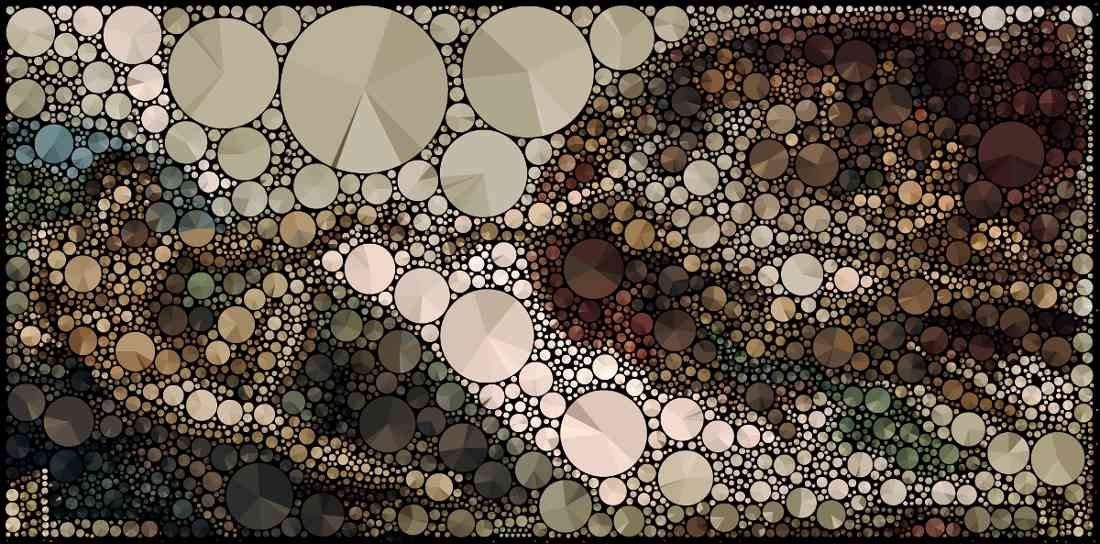
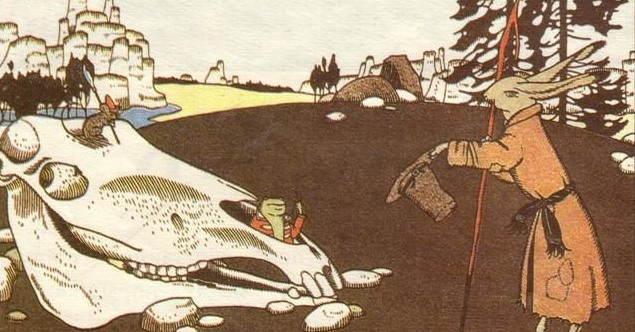
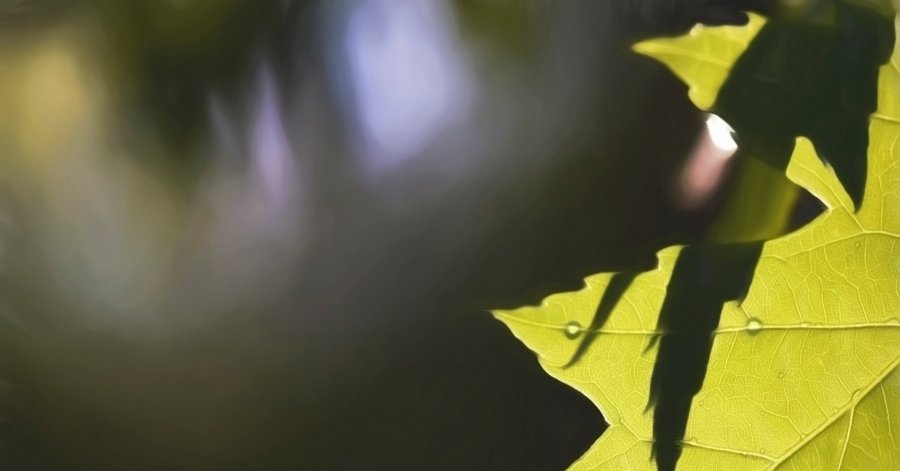

Happy Anniversary! And thank you for reminding me once again to “live in the moment” and to seek better serenity through the methods you describe in this post. I love you my brother! RonnyDonny
Thanks Ronny. If only actions were as easy as words and thoughts. Love. Rick